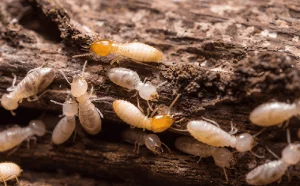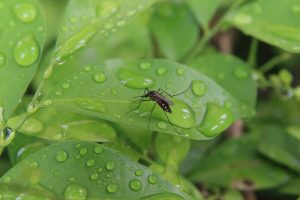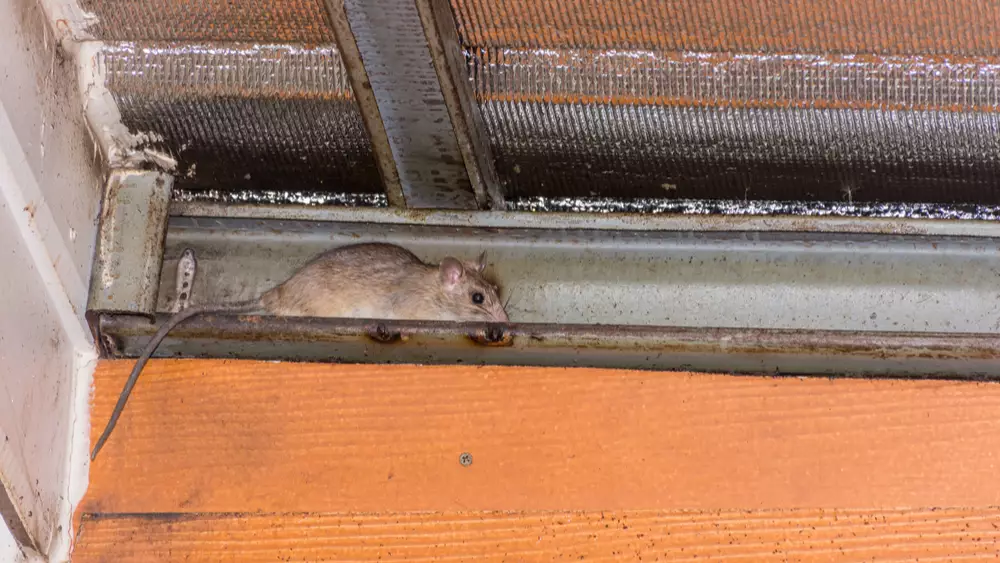
Few sounds are as unsettling as when you hear a scratching noise in the ceiling at night. You struggle to fall back to sleep as you consider the possible source of the scratching. Could it be raccoons? Squirrels? Snakes?
Even if you knew which nocturnal creature was responsible for interrupting your sleep, there’s not much you can do about it in the middle of the night. The best thing for Florida residents to do is to schedule a free home evaluation with an experienced pest control company such as Nozzle Nolen. In the meantime, here’s a guide to figuring out what type of critter has invaded your home, steps for getting rid of it, and ways to keep such unwanted guests from returning.
Scratching Noise in the Ceiling: The Usual Suspects
All types of animals will occasionally attempt to take up residence inside a Florida abode. They may be trying to escape the summer heat, avoid predators, or find a cozy place to raise a family. They’re also drawn indoors by their never-ending search for food.
When you hear scratching sounds emanating from your walls or ceiling during the daytime, the culprit is most likely a rodent. Their scampering sound may be heard in walls and crawl spaces as well as in ceilings.
While mice or rats are most likely, other possible invaders that are active in the daytime are birds, which make flapping and chirping sounds, and snakes, which you may hear slithering in your ceilings or walls.
However, most home-invading animals are nocturnal.
- Raccoons are most active at night but may be heard in the daytime as well. Heavy walking, thumping, adult squeals, and baby raccoon chatter are clear signs of raccoons in the house.
- Rats and mice may be heard scurrying overhead or inside walls at nighttime, especially soon after sunset. You’re most likely to hear them running and scampering rather than scratching or squealing.
- Bats are often not heard at all when they take up residence in your attic, although you may hear them chirping right around sunset.
- Possums, or Opossums, don’t vocalize at all, but you may hear these large, slow marsupials lumbering around your attic.
- Flying squirrels differ from their ground-based counterparts in being most active at night. When they nest in attics, they may sound like rats, but unlike rats and mice, they will rarely be heard in walls.
Positively identifying the animal species that’s making the scratching noise in the ceiling at night requires a visual inspection. A pest-control expert will find clues that indicate the source of the sounds even if critters themselves can’t be spotted.
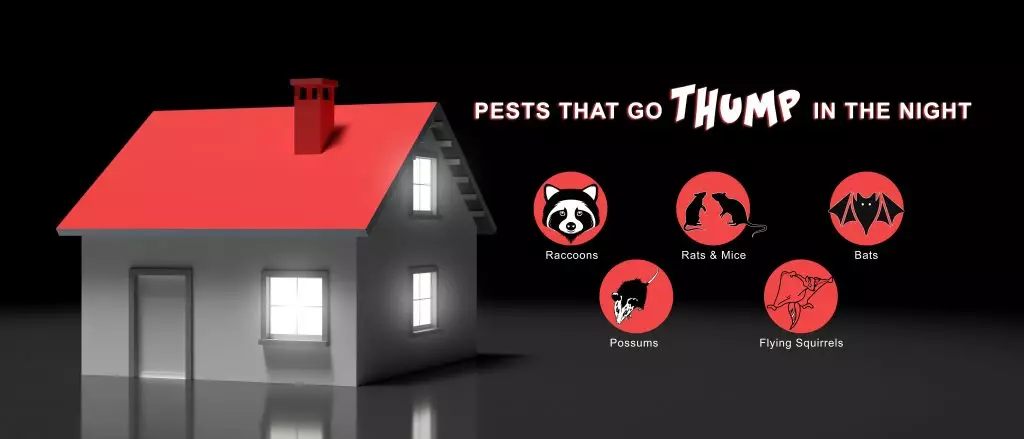
What to Do When You Hear Scratching in Your Ceiling
The first step in finding the source of the scratching sound is to determine whether it’s caused by an animal or some part of your house that has come loose. If the sound is regular and predictable, it’s probably not made by an animal. Look for a piece of siding or gutter that has come loose in the wind.
Sounds that come and go unpredictably are more likely to be made by rodents or other nocturnal animals. Once you’ve confirmed that the mystery noise isn’t caused by a loose pipe or other structural problem, it’s time to contact a pest control service to ask about an evaluation.
No matter the four-legged invader, clearing your home of the scratching nuisance isn’t as easy as opening a door or window and inviting them out. So here are the steps involved in ridding your home of furry, four-legged invaders:
- Rodent traps remain one of the most popular ways to rid a home of mice and rats, but some traps are more effective than others. Professional rodent-control services will determine the best approach for your situation, which may entail using live traps or non-lethal baiting tactics to find the nest.
- Rodenticides are placed in bait traps and come in pellet or putty form. However, these traps can pose a threat to pets and small children. All pesticides are regulated by the EPA and state agencies.
Once the animals have been removed, you need to monitor your home for signs of unwanted animal guests returning and perform a top-to-bottom inspection to identify and eliminate all potential entry points for the varmints.
Pest exclusion is the best method for preventing pests in the first place or keeping them out once they have been removed. Sealing up cracks, vents, holes, etc., is part of the process of making sure that your home stays pest-free.
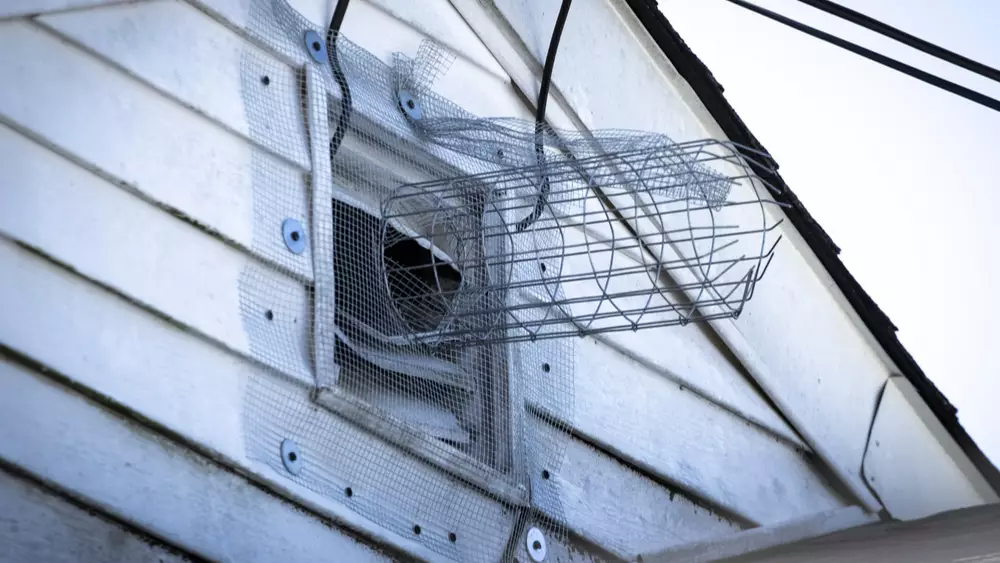
The pest-removal services provided by Nozzle Nolen include all necessary follow-up care as well as a complete inspection and assessment of your residence to identify potential risks of a future infestation, such as:
- Damage to interior and exterior walls.
- Disruptions to HVAC equipment or insulation.
- Droppings, odors, or sounds indicating the presence of pests.
- Water leaks or accumulation.
Getting Started With Nozzle Nolen
Nozzle Nolen’s 365 Complete Home Protection plan is a one-stop resource that protects your home year-round from more than 20 invasive pests, including Subterranean and Drywood termites, bees and wasps, silverfish, spiders, and rodents.
Nozzle Nolen has provided expert pest control services to South Florida residents for more than 70 years. So, if you are hearing a scratching noise in your ceiling or walls, give us a call at 800.226.6536, or Contact Us. We look forward to serving you.
